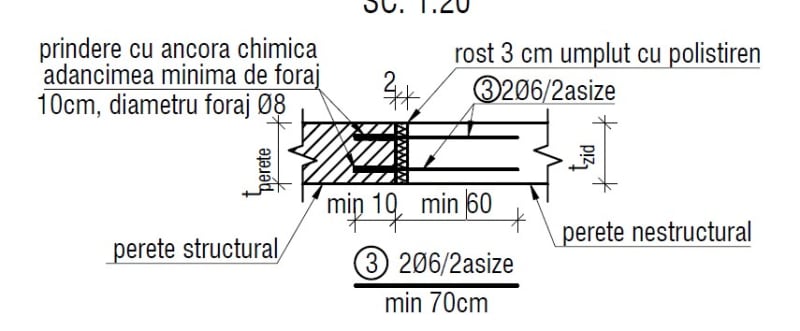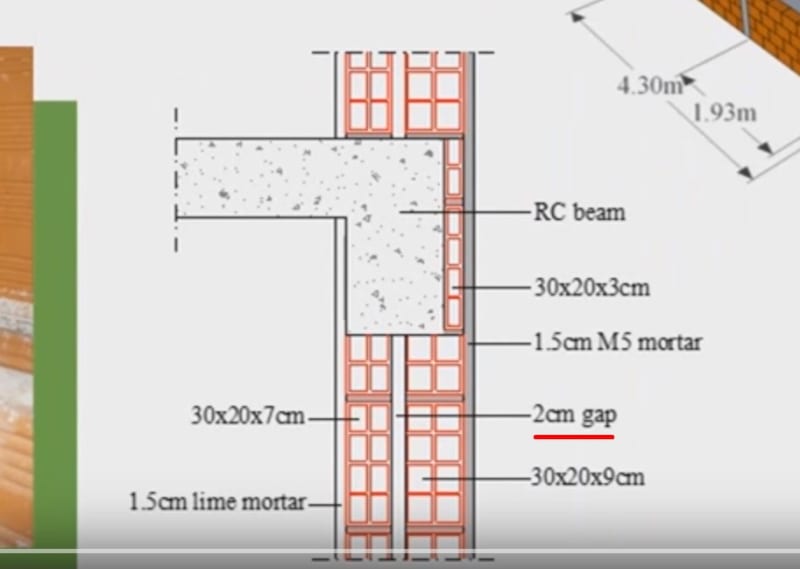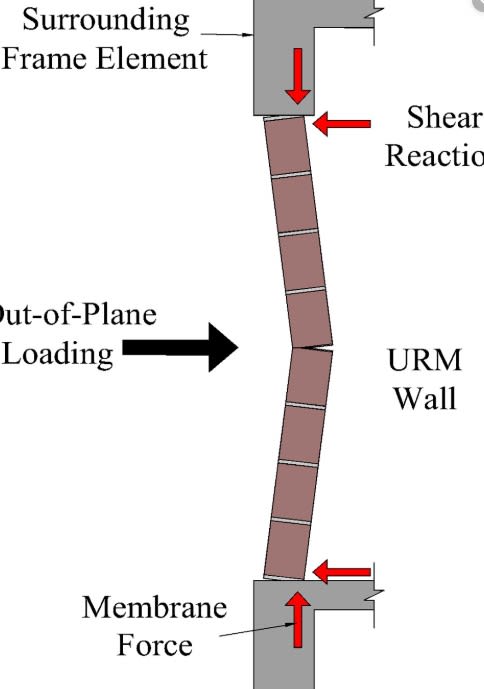Blackstar123
Civil/Environmental
- May 5, 2013
- 253
This is a question that always pop into my mind when I see a 10+ story RCC building, with all stories filled with masonry infill walls except those floors which are reserved for parking.
How do they take into account the effect of masonry infill in the seismic analysis of the frames?
My major design experience is in cement plants which mostly don't have frames with infill walls. So if someone have designed tall buildings, i would really appreciate if they will share their design practices.
Euphoria is when you learn something new.
How do they take into account the effect of masonry infill in the seismic analysis of the frames?
My major design experience is in cement plants which mostly don't have frames with infill walls. So if someone have designed tall buildings, i would really appreciate if they will share their design practices.
Euphoria is when you learn something new.




